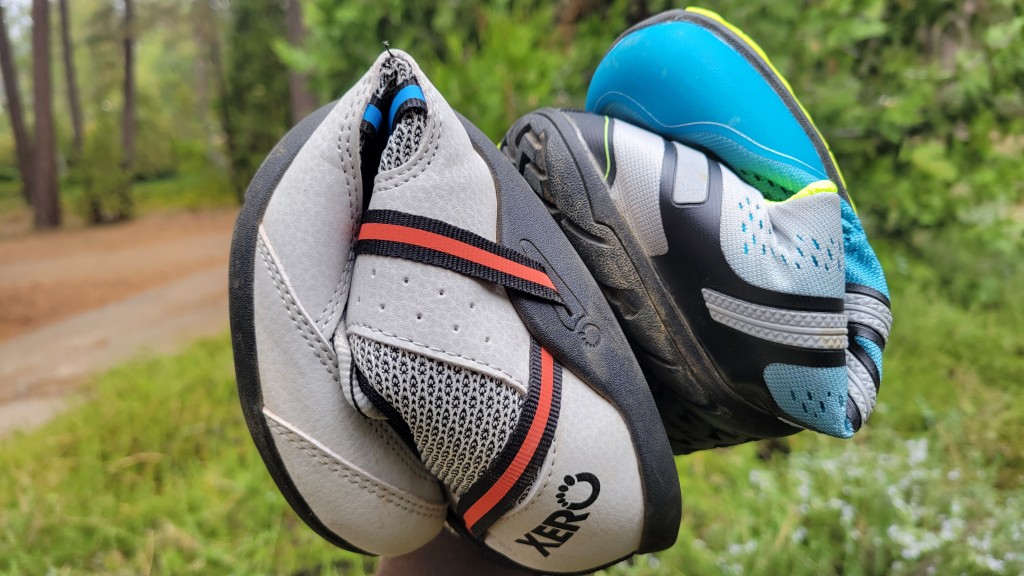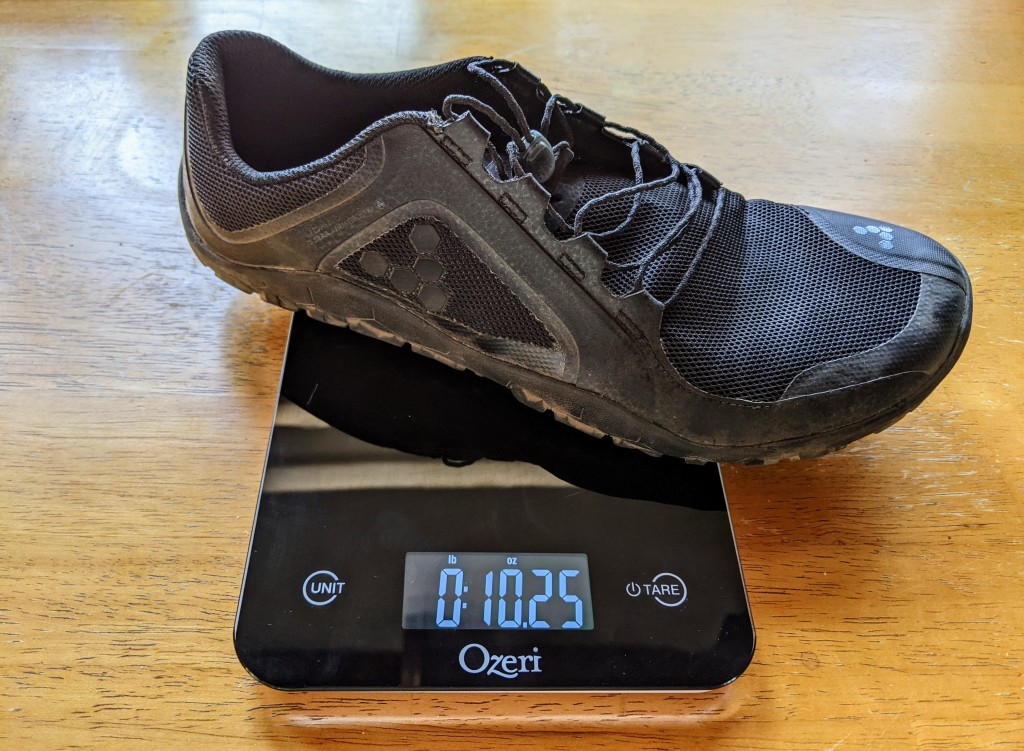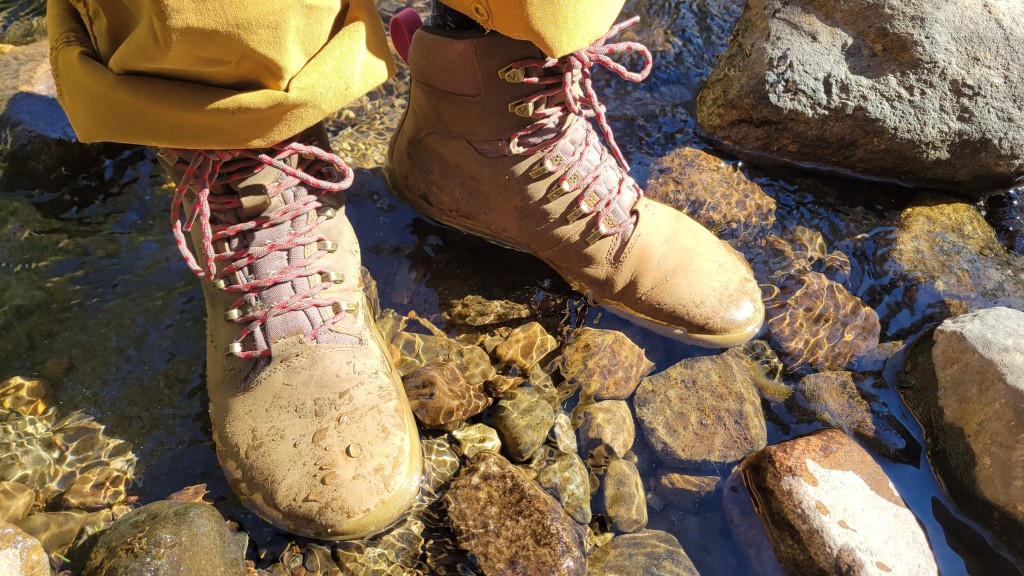Before setting out to test the best minimalist and barefoot shoes on the market, we first considered what features are most important to this very particular type of shoe. From there, we assembled five metrics designed to be comprehensive of the attributes one looks for in this type of shoe. Within each metric, we compared the design and intended usage in order to come up with as objective a score as possible. Each category was informed by expert in-house analysis and exhaustive field testing.
Where We Tested
Our tests took us over sidewalks, down gravel side streets, on river trails and dirt running paths, through hot desert loops, up into the mountains on longer trail runs and hikes where we scrambled up rock faces and ran through creeks, back into the gym for weight lifting, and around town between our favorite haunts. We researched, measured, and examined these shoes to verify manufacturer specifications and better understand the design components that factored into how we felt while in motion. Through our in-depth analysis, we gained a clearer insight into what makes the best minimalist and barefoot shoes and boots.
Ground Feedback
A conventional shoe that attempts to contain your feet is very different from a barefoot or minimalist shoe that is designed to enhance your natural abilities. We examined the design specifications and sole of each shoe before testing. There are specific minimalist attributes we are looking at: the drop and stack height; the thickness and lug pattern of the outsole; whether or not the shoe includes a midsole, or any forms of conventional support or ground protection; the material of the upper related to weight and breathability; and the overall flexibility of the shoe, both torsionally and longitudinally.
The sum of these minimalist attributes contributes to our understanding of a shoe's natural, or barefoot, feel. To test, we took all of the shoes out to various trails to test their feel in the field. Our attention was on the following: Can the toes spread out naturally and push off the ground? When we run, is it comfortable to stay on the toes, or does our body want to heel strike (due to a restrictive toe box)? How much can we feel the trail through the sole?
Then, for the next few months, we set out on runs and hikes to test the shoes and boots against their intended purpose. If it is a trail runner, can it handle uneven terrain and variable trail conditions? Or is it more suitable for pavement? We tested on trails both in the desert and in the alpine, on well-buffed paths and rocky scrambles. If it is a road shoe, how efficiently does it move over concrete? And if it is a gym-specific trainer, how does its natural feel reflect its performance in the training arena? The gym is also a particularly good setting to test platform stability, with exercises like kettlebell swings and deadlifts, which require good footing and solid grip.
Stability
Beyond how well the feet can feel the ground, we wanted to test how well the shoe or boot stabilizes the foot. Does the foot slide around in the shoe? Does the shoe have good responsiveness? Does it have a tendency to roll on uneven terrain? All these factors contribute to whether or not you have a stable interface with the ground.
There was some nuance in this category since we tested low-top shoes for trail running alongside mid-top hiking boots. The latter is usually much better at hugging the foot and ankle to stabilize both. Because of this, the testing environments were different for each. We ran with the shoes on wide, hard-surfaced trails, while with the boots, we ventured off into the mountains to find more technical terrain.
Traction
We approach this metric with a rock climber's mentality — testing shoes side-by-side while scrambling up and down the same rock faces. To assess braking ability, we run the same steep, loose, rocky slope sequentially with each pair and gather notes on how well each shoe runs downhill in questionable terrain.
Traction is also directly related to an outsole's ability to shed dirt and water efficiently. As a lab-style test, we pour water over the outsoles to examine how quickly it passes through the shoe's various lug designs. We also examine the thickness of the outsole and lugs to help determine how well these shoes allow our feet to grip terrain naturally and compare that to our actual findings through field testing.
Weight
This may seem like an easy metric to gauge, and as far as scores are concerned, it is. We weigh each shoe on our own scale, never taking the manufacturer's numbers at face value.
A qualitative side of this metric was also gathered over miles of running and hiking, though it doesn't factor into the score directly. But we paid attention to whether the shoes felt light on our feet while in motion. There are also some important design features directly related to weight. A more breathable shoe will effectively evaporate sweat, not taking on water weight over the course of a run. We assess breathability by running or hiking in the heat of the day — with the shoes subjected to direct sunlight — and noting how much moisture builds up inside the shoe by the end of the day.
Durability
This is easily the toughest metric to judge because of our limited testing period — it is difficult to say how well a shoe will hold up over extended use. However, we do our best to seek out harsh terrain — talus slopes, coarse-sandy arroyos, rough concrete. We even took some of the boots to work doing tree work, where their toughness was put to the test. The best way to judge durability is by examining the shoes closely for any manufacturing flaws initially and then early signs of breakdown at the end of our test period. Our testers also consider the warranties offered by various manufacturers.










